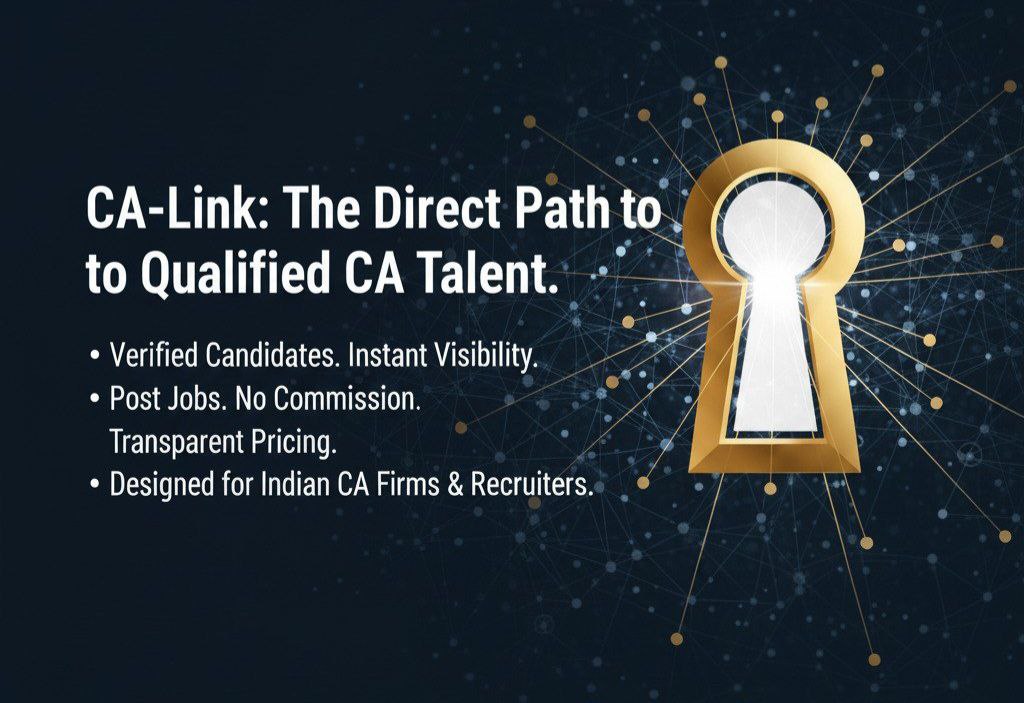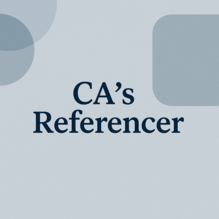Can't access your PF for 12 months? Here's what the new rule means for you
New Delhi, Oct 17, 2025
Under the proposed withdrawal rules, a member cannot fully withdraw until they satisfy the waiting period (e.g. 12 months for EPF, 36 months for EPS).
A move by the Employees’ Provident Fund Organisation (EPFO) to extend the withdrawal period for provident fund and pension savings has triggered sharp criticism from salaried workers, unions, and legal experts. The new rule — which extends the pension withdrawal waiting period from 2 months to 36 months and the Provident Fund (PF) withdrawal period from 2 months to 12 months — could delay access to crucial savings for millions of employees facing layoffs or career breaks.
The decision, approved by the EPFO’s Central Board of Trustees (CBT) in its 238th meeting, is being positioned as a measure to protect long-term retirement savings and prevent premature withdrawals. However, it raises serious questions about the employee’s right to access their own earnings and the legality of such restrictions.
"While the government has justified the change as a move to protect long-term retirement savings, critics argue it curtails employees’ right to access their own money, especially during periods of job loss. The measure could be challenged as arbitrary and disproportionate under Articles 14 and 300A of the Constitution, though courts have historically shown restraint in overturning social-security policy decisions unless a clear abuse of power is established.
In practical terms, the change delays liquidity but does not alter tax treatment. Withdrawals after five years of continuous service remain tax-exempt, while premature withdrawals continue to attract TDS and income tax under existing rules. The main impact, therefore, is financial hardship for employees needing immediate funds, not taxation. A challenge is possible, but the likelihood of striking down the rule is low, unless petitioners can prove that the delay serves no rational connection to the EPFO’s stated objective of preserving retirement corpus," said Rohitaashv Sinha, Partner, King Stubb & Kasiva, Advocates and Attorneys.
What has changed?
Under the new framework:
Employees leaving a job must now wait 12 months to withdraw their Provident Fund and 36 months to access their Employees’ Pension Scheme (EPS) balance.
Earlier, full PF withdrawal was allowed after two months of unemployment, with 75% withdrawable after one month.
The remaining 25% of the corpus now stays locked until the end of the prescribed period, though it continues to earn interest.
This effectively means that employees who quit or lose their jobs cannot immediately access their entire savings, even though the money was deducted from their own salaries.
Can the Government Legally Extend the Withdrawal Period?
According to legal experts, yes — the government can. The EPF and pension schemes are framed under the Employees’ Provident Funds and Miscellaneous Provisions Act, 1952, which empowers the Central Government to modify the rules through notifications.
“Under Section 5(1) read with Section 7 of the EPF Act, the government has the delegated legislative power to frame, amend, or modify withdrawal provisions,” explained Kunal Sharma, Founder & Managing Partner, Taraksh Lawyers & Consultants.
“Such a modification is legally sustainable so long as it aligns with the statute’s objectives and passes constitutional tests of reasonableness and non-arbitrariness,” he added.
However, Sharma cautions that if the rule disproportionately restricts access to an employee’s own contributions or lacks a valid policy justification, it could be challenged in court as “ultra vires” — or beyond the intent of the parent law.
Does This Violate the Employee’s Right to Access Their Own Savings?
That question remains at the heart of the current debate.
“Potentially, yes,” says Padmanabhan Ananth, Partner at Counselence.
“An employee could argue that the rule interferes with their right to livelihood or arbitrarily limits access to their earned income. However, courts may also consider the state’s duty to preserve social security and discourage premature withdrawals.”
In other words, while employees view the PF as their personal savings, the law treats it as a social security fund, subject to administrative conditions that balance individual needs with collective welfare.
What If You Quit Without Another Job?
For employees between jobs or taking career breaks, this rule has direct financial consequences.
“Under the revised norms, a member who quits without rejoining employment will have to wait 12 months to withdraw PF and 36 months to withdraw pension,” said Soayib Qureshi, Partner, PSL Advocates & Solicitors.
Previously, this period was just two months — a window that helped many manage rent, EMIs, or emergency costs during unemployment.
The new rule delays this relief significantly. For households without secondary income, it can mean a cash crunch during layoffs or extended job searches.
"Under the new EPFO rules, employees who quit their jobs and do not take up new employment will now have to wait 12 months to withdraw their Provident Fund (PF) and 36 months to access their pension (EPS). Previously, members could withdraw their full PF after just two months of unemployment. The extended waiting period means that individuals who remain jobless will face a much longer delay in accessing their own savings. This could create significant financial strain, especially for those who depend on their PF to cover essential expenses such as rent, loan repayments, or medical needs during periods without income. While the government has defended the move as a step towards safeguarding long-term retirement savings and ensuring higher corpus growth, critics argue that it defeats the very purpose of the EPF, which was designed to serve as an immediate financial cushion for workers during unemployment or financial uncertainty," said Qureshi, Partner, PSL Advocates & Solicitors.
Will Your PF Account Remain Idle or Keep Earning Interest?
The good news: the PF balance will continue to earn interest for up to 36 months after you leave employment.
After that, the account becomes “inoperative,” meaning no fresh interest accrues — though the balance remains secure and can be withdrawn once eligible.
“Legally, employees retain full ownership of their PF balance, protected under the EPF Act,” Qureshi clarifies.
“The funds are not forfeited and can be claimed online or offline after the waiting period.”
However, experts warn that extended idle periods could create confusion or lead to unclaimed balances, a long-standing issue the EPFO already struggles to manage.
Can EPFO Restrict Access to Employee Contributions?
Yes — but only within reason.
“Administrative rules can place withdrawal conditions even on employee contributions, provided they’re not arbitrary or unconstitutional,” explains Ananth.
“The employee’s right exists within the scheme’s rules, not outside it.”
While EPF contributions come from an employee’s income, once deposited, they are governed by statutory provisions. The state can regulate when and how they are accessed to promote corpus preservation.
Still, if employees feel the new rule defeats the fund’s purpose as an emergency cushion, they can legally challenge it — though the odds of success are limited.
Can the New Rule Be Challenged in Court?
Yes — but victory is uncertain.
“A writ challenge could be filed under Article 14 (right to equality) or Article 300A (right to property),” said Qureshi.
“However, courts generally defer to the government’s intent in protecting long-term social welfare, unless the rule is proven to be manifestly unreasonable or discriminatory.”
In short, a challenge is possible but uphill. The judiciary typically avoids interfering in fiscal policy or labour welfare decisions unless the government oversteps its statutory powers.
What It Means for You
For working professionals, the rule is a reminder to not depend solely on PF savings for liquidity.
Financial planners recommend maintaining an emergency fund covering 6–12 months of expenses, especially for those in volatile sectors or between jobs.
Employers, too, may need to rethink exit policies and educate employees about delayed access to benefits — particularly for contract or gig workers who frequently switch jobs.
[The Business Standard]


